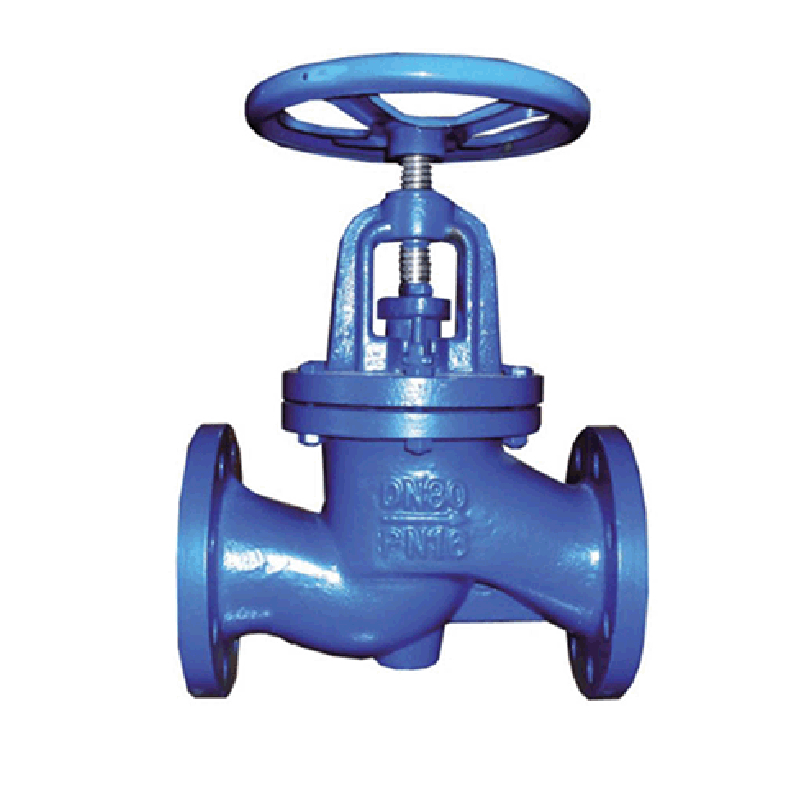9 月 . 04, 2024 13:17 Back to list
flange butterfly valve
Understanding Flange Butterfly Valve A Comprehensive Guide
Flange butterfly valves are essential components widely used in various industries, including water treatment, oil and gas, and power generation. Their design and functionality make them ideal for controlling the flow of fluids, providing an efficient and reliable solution for flow regulation.
What is a Flange Butterfly Valve?
A flange butterfly valve consists of a circular disc or 'butterfly' positioned in the center of a pipe. The valve operates by rotating this disc to either allow or restrict the flow of fluid. The flange aspect of the valve refers to the flat rims or flanges on either side of the valve body, which allow it to be easily mounted onto pipelines. This design feature simplifies installation and provides a strong connection to the piping system.
Key Components
The primary components of a flange butterfly valve include
1. Valve Body The main structure that houses the internal parts and connects the valve to the pipeline. 2. Disc The rotating element that opens or closes the flow passage. 3. Stem The shaft that connects the disc to the actuator or handle, allowing for rotation. 4. Actuator The mechanism that operates the valve—this can be manual (lever or wheel) or automated (electric or pneumatic).
Working Principle
Operating a flange butterfly valve is straightforward
. When the valve is closed, the disc is perpendicular to the flow direction, blocking the fluid. When the valve is opened, the disc rotates to a position parallel to the flow, allowing fluid to pass through with minimal resistance, ensuring efficient flow control. The design allows for quick opening and closing, making it suitable for applications requiring rapid flow regulation.flange butterfly valve

Advantages
Flange butterfly valves offer numerous advantages
1. Compact Design They are lightweight and occupy less space compared to other valve types, making them suitable for installations with limited space. 2. Efficiency The streamlined shape of the disc reduces turbulence and pressure loss, contributing to energy savings in fluid transport systems. 3. Cost-Effective The simplicity of their design often translates to lower manufacturing and maintenance costs. 4. Easy Installation The flange connections facilitate straightforward installation and removal, allowing for quick maintenance.
Applications
Flange butterfly valves are versatile and applicable in various scenarios
- Water Supply and Treatment They control the flow of water in treatment plants, distribution networks, and irrigation systems. - Food and Beverage Industry Their quick operation and sanitary design make them suitable for managing fluid flow in food processing. - Chemical Processing Used to control corrosive fluids, these valves can be manufactured from materials resistant to chemical damage.
Conclusion
Flange butterfly valves play a critical role in modern fluid control systems, delivering efficiency, reliability, and cost-effectiveness. Their versatility across different industries underscores their importance. As technology continues to evolve, innovations in valve design and materials will further enhance their performance, proving that flange butterfly valves will remain a staple in fluid management for years to come. Whether for industrial applications or municipal services, understanding their operation and benefits is essential for engineers and technicians alike.
Share
-
Understanding the Differences Between Wafer Type Butterfly Valve and Lugged Butterfly ValveNewsOct.25,2024
-
The Efficiency of Wafer Type Butterfly Valve and Lugged Butterfly ValveNewsOct.25,2024
-
The Ultimate Guide to Industrial Swing Check Valve: Performance, Installation, and MaintenanceNewsOct.25,2024
-
Superior Performance with Industrial Swing Check Valve: The Essential Valve for Any SystemNewsOct.25,2024
-
Industrial Swing Check Valve: The Ideal Solution for Flow ControlNewsOct.25,2024
-
You Need to Know About Industrial Swing Check Valve: Functionality, Scope, and PerformanceNewsOct.25,2024